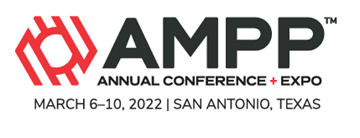Search
Products tagged with 'flash rust'
View as
Sort by
Display
per page
SSPC-SP 5 (WAB)/NACE WAB-1-2015, “White Metal Wet Abrasive Blast Cleaning”
Product Number:
21198-SG
ISBN:
1-57590-323-7
Publication Date:
2015
$109.00
SSPC-SP 6 (WAB)/NACE WAB-3-2015, “Commercial Wet Abrasive Blast Cleaning”
Product Number:
21199-SG
ISBN:
1-57590-324-5
Publication Date:
2015
$109.00
SSPC-SP 7 (WAB)/NACE WAB-4-2015, “Brush-Off Wet Abrasive Blast Cleaning”
Product Number:
21401-SG
ISBN:
1-57590-326-1
Publication Date:
2015
$109.00
The influence of flash rust-preventing inhibitors on the performance of corrosion protective coatings
Product Number:
51323-19327-SG
Publication Date:
2023
$20.00
The Long Term Effects Of Surface Preparation: Evaluating ISO 12944 In Offshore Coating Application With Waterjetting And Cleaning Additive
Product Number:
51322-18021-SG
Publication Date:
2022
$20.00
UHP Water-Jetting and Surface-Tolerante Coatings in New Building Applications
Product Number:
51217-035-SG
Publication Date:
2017
$20.00






